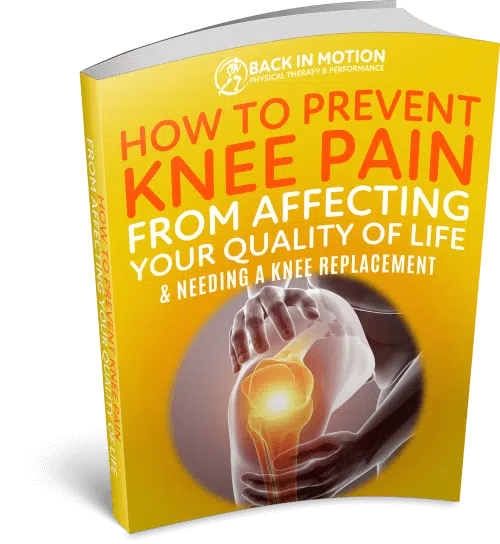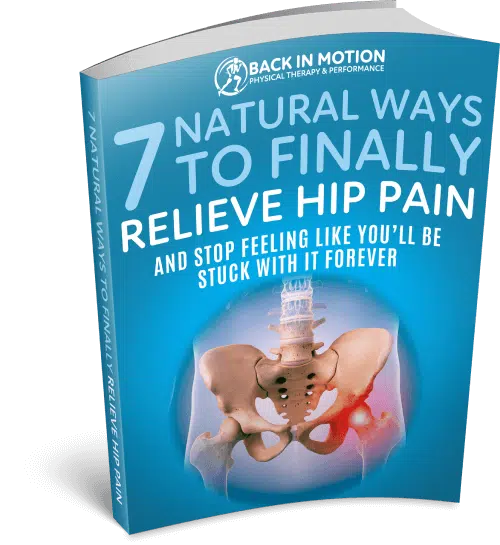What is Pickleball Elbow & Common Reasons for It – A Physical Therapist’s Perspective
Pickleball, the rapidly growing sport that cleverly combines elements of tennis, badminton, and ping-pong, has swept across communities, offering fun, competition, and physical activity to participants of all ages.
However, with the rise in its popularity, there’s been an uptick in a specific type of injury colloquially known as “pickleball elbow.” This term might sound unique to the sport, but it shares a striking resemblance with the well-known “tennis elbow.”
In this blog post, we will dive deep into what pickleball elbow entails, the common reasons behind its occurrence, and preventative measures from a physical therapist’s perspective.
Understanding Pickleball Elbow: The Basics

Pickleball elbow refers to pain or discomfort located on the outside (lateral epicondylitis, commonly known as tennis elbow) or inside (medial epicondylitis, known as golfer’s elbow) of the elbow.
This condition is a form of tendinitis, stemming from overuse or strain of the forearm muscles, leading to inflammation and pain in the elbow area.

While the terms tennis and golfer’s elbow have been around for decades, “pickleball elbow” is increasingly used to describe this injury among pickleball players.
Common Causes of Pickleball Elbow
Overuse and Repetitive Strain
The primary culprit behind pickleball elbow is the repetitive motion of swinging the paddle, especially with improper technique. This constant strain can lead to micro-tears in the tendons attached to the elbow, resulting in inflammation and pain.

Improper Technique
Many pickleball enthusiasts are casual players who may not have formal training in racket sports. Without proper technique, the stress on the elbow during swings increases, exacerbating the risk of injury. For example, consistently hitting the ball with the tip of the paddle or using a wristy swing can put undue pressure on the elbow tendons.
Equipment Misuse
Using a paddle that’s too heavy or with a grip size that doesn’t fit well can contribute significantly to the development of pickleball elbow. A heavier paddle requires more force during play, which can strain the forearm muscles and tendons. Similarly, a grip that’s too large or too small can alter the mechanics of how one holds and swings the paddle, leading to increased stress on the elbow.

Lack of Conditioning
Jumping into an intense game of pickleball without adequate muscle conditioning or without properly warming up can shock the muscles and tendons, making them more susceptible to injuries. Regular strength and flexibility training for the forearm, arm, and shoulder muscles can help prevent pickleball elbow.
Age and Physical Fitness
As we age, our tendons become less flexible and more prone to injury. Furthermore, individuals who are not regularly active may not have the muscle strength and flexibility required to support the rigorous demands of pickleball, making them more susceptible to developing elbow issues.

A Physical Therapist’s Insight into Prevention and Treatment
Early Identification and Rest
The first step in dealing with pickleball elbow is recognizing the symptoms early and giving your body adequate rest. Continuing to play through pain can exacerbate the injury, leading to a longer recovery period.
Technique Adjustment
Consulting with a coach to adjust and improve your playing technique can significantly reduce the stress on your elbow. Focus on using your shoulder and core muscles more effectively to take the load off your forearm and elbow.
Equipment Check
Ensure your paddle is of appropriate weight and grip size for your strength and hand size. A physical therapist or a seasoned player can offer advice on selecting the right equipment to match your physique and playing style.

Strength and Flexibility Training
Incorporating exercises that build strength and flexibility in your forearm, arm, and shoulder muscles can fortify your body against the strain of playing. A physical therapist can design a tailored exercise program that addresses your specific needs.
Therapeutic Interventions
Physical therapy treatments such as manual therapy, ice or heat therapy, and therapeutic exercises can be highly effective in managing and recovering from pickleball elbow. Techniques like ultrasound or electrical stimulation may also be utilized to promote healing.
Ergonomic and Lifestyle Adjustments
Finally, it’s not just the on-court activities that matter. Off-court lifestyle and ergonomic adjustments, such as minimizing repetitive arm motions and ensuring proper posture while performing daily activities, can play a crucial role in prevention and recovery.
Conclusion
Pickleball elbow, while a common issue among players, can be effectively managed and prevented with the right approach. Understanding the causes and adopting a comprehensive strategy that includes proper technique, appropriate equipment, conditioning, and therapeutic interventions can help keep you on the court and out of the clinic. Remember, listening to your body and seeking early intervention from professionals like physical therapists can make all the difference in ensuring a swift and successful recovery. Let’s keep enjoying pickleball, but let’s do it wisely and safely. At Back in Motion Physical Therapy & Performance, our sport injuries treatment in Fort Myers can help you overcome your pickleball elbow is no time. Reach out today!









